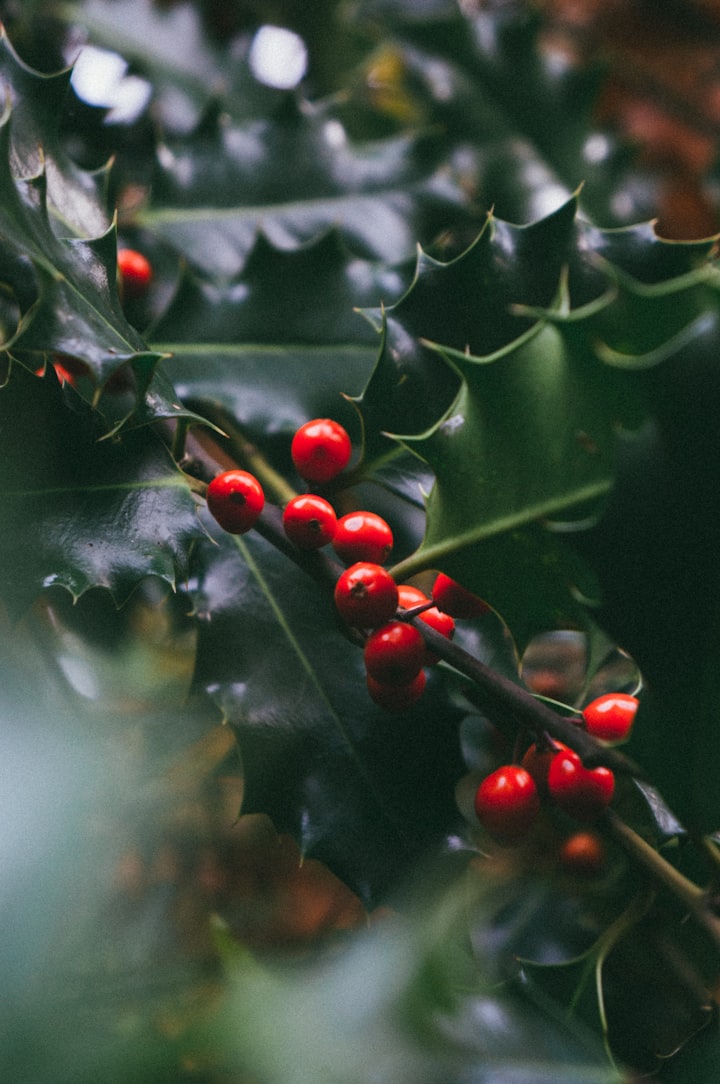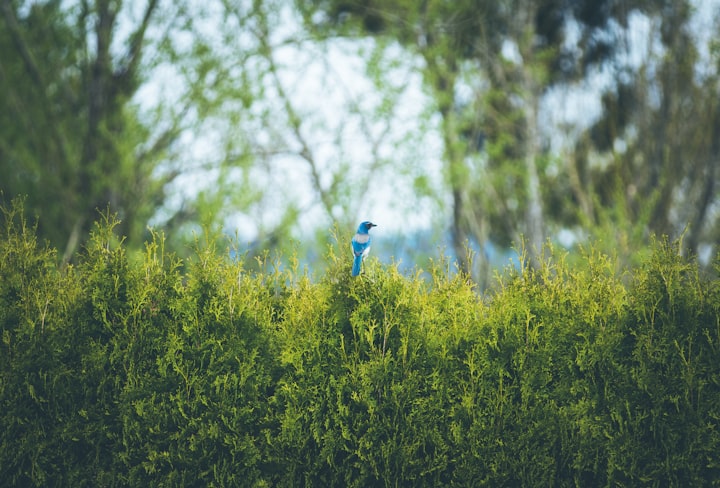Shrubs To Spruce Up The Homestead Landscape
There are few projects around the homestead that are more rewarding than successfully establishing a landscaping planting of shrubs.
Numerous shrubs and small trees work well when planted as a privacy barrier, windbreak, or snow fence. Many add eye-catching visual interest and bold color all year long. Enjoy spring flowers, summer berries, or fall foliage. Shrubs also provide food and shelter for songbirds and small wildlife. `
The United States Department of Agriculture notes, “Landowners and managers, homeowners, and others plant trees and shrubs for many reasons, including windbreaks for livestock protection and crop production, shelterbelts for homes and farmsteads to reduce wind speed and conserve energy usage, living snow fences to trap and manage snow, hedgerows as visual and noise screens, landscaping for beautification around homes and parks, wildlife habitat and food, blossoms for pollinators such as bees, streamside and wetland restoration, reforestation following timber harvest or wildfire, and fruit and berries for human use to name just a few.”
However, no matter if you are planting a single shrub or designing a landscape feature, successful planting depends on careful planning. Keep in mind, the planting site, the shrub selection, the planting method, and post-planting care and maintenance are integral to success. Visit your local landscape nursery and talk to a professional to determine the ideal plants for your specific growing situation and climate zone.
Plant A Snow Fence

Do winter snowdrifts accumulate in your driveway or along walkways? Consider planting a snow fence or windbreak hedge to buffer bitter north winds. A low-growing hedge, with shrubs planted two-feet apart, will quickly form a dense barrier that will trap drifting snow and make shoveling the driveway a much easier chore.
If you choose a berry-bearing holly that is rated for your U.S. Plant Hardiness Zone, you will have a handy source of holiday greenery. Proudly displaying deep evergreen foliage and bright red berries, holly is a popular landscaping tool. The bold red berries mature in early autumn but may be retained on the branches until the following spring.
Some varieties grow less than 3-feet tall, while others attain a mature height of over 100 feet tall. When planted fairly close together, the dense branches grow horizontally, in a spreading crown the makes a tight, visually attractive fence or hedge while providing food, cover, and nesting habitat for various songbirds.

Holly flourishes all across the United States, adapting to a diverse array of growing conditions. Holly does best in sandy, well-drained soil, and although it can tolerate shade, it grows best in full sun.
Windbreaks

When designing a windbreak, a windbreak with staggered multiple rows of shrubs or trees is most effective. Evaluate your property and note if powerful winds typically come from more than one direction. If so, consider a curved windbreak.
Juniper and Cotoneaster are attractive shrub choices for a low privacy wall, windbreak, or snow fence. Cotoneaster should be planted well away from structures with windows. When the berries on the bush are ripe, they begin to ferment, attracting flocks of birds to drink the heady nectar. A bit intoxicated, they sometimes fly into windows, so plant Cotoneaster in a place where they can enjoy the feast safely.

Choose evergreens such as juniper and cedars that grow lush and full close to the ground. Many conifers develop a trunk that elevates lower foliage. A windbreak is most effective when branches extend down to the ground.
When first establishing your hedge or snow fence, plan the project for late spring after the soil has warmed. Use garden twine and stakes to layout the design of your hedge and to keep it straight. If you wish to design a curved or round planting area, a garden hose is a useful way to layout your design pattern. While spring planting seems to work best, conifers can be planted in either the spring or fall.
First, dig holes two-feet apart that are twice as large as the root mass of the shrub. Mix fresh potting soil with the soil removed from the hole, adding a generous amount of well-aged herbivore manure (cow, sheep, goat, chicken, or horse). Spread out roots and replace the soil, watering as you fill the hole with soil to prevent air pockets.

Because soil settles, it is important to place the root ball in the hole so that the original soil level or line is higher than that of the surrounding surface soil. After the shrubs nestle in and the soil settles, the soil lines will be even.
Planting in spring allows the shrubs to establish roots and grow before the following winter. Mulch around the base of the shrubs with a thick layer of pine bark or non-treated wood chip to control weeds.
Shrubs do best when established in the homestead landscape with as little time as possible, elapsing between obtaining the shrubs and getting them in the ground. If you must keep plants for a few days before planting, keep them moist with regular water and in a shady location.
Graceful Garden Gate
Showcase an attractive garden gate with tall evergreens planned on each side of the gate and carefully train and prune them into a beautifully shaped topiary. Disguise an unattractive cyclone fence with climbing flowering shrubs such as clematis or climbing rose bushes.
Tips For Pruning Small Trees And Shrubs
Pruning trees and shrubs involve removing specific stems and branches for the benefit of the whole tree. Removing damaged, diseased, and dead branches help prevent insect infestation, fungal and decay organisms from entering the tree. Thinning a dense canopy of a tree as it matures allows light and air to penetrate the canopy, resulting in fewer disease problems. You may be trimming a tree or shrub to prevent disease, improve appearance, or control growth. No matter if you are pruning the fruit trees in your orchard or the hedge along your driveway, there are a few things to keep in mind.
Do The Research
Shrubs and trees are valuable landscape assets. If you purchase property that is overgrown and in desperate need of clearing and trim, wait a moment before you rush in with your chainsaw and shears. No matter if you are dealing with an overgrown jungle environment, storm damage, or virgin wood for a building site, look and evaluate before you cut.
Carefully walk your property, evaluating wind and disease damage. Use biodegradable surveyors flag tape, available at your local hardware store, to mark trees and shrubs in need of removal or trimming. Flag tape is available in various colors. Use one color for plants you wish to cut down and another color for living trees and shrubs you wish to reclaim. Look at every living plant on your property as if you purchased it – you did when you bought the place. Many native plants that building contractors clear are attractive when incorporated into a landscaped property.
By marking the property during spring or summer, you can easily see, even when leaves are off deciduous trees and shrubs, which ones to cut and which ones to keep. Personally marking your trees is also useful should you decide to have a commercial landscape company do the job. If trees are characterized by colors, there is no confusion on your cutting or pruning requirements.
Mark your trees and shrubs before calling a landscape contractor to request a quote on the job. That way, the contractor can quickly “eye-ball” the property and give you an estimate. Always use a licensed, established, and reputable landscape contractor. If you do not have a favorite, contact your realtor for a recommendation.
Care For Your Tree Pruning Equipment
Hand prune after the growing season stops in early fall. Wash all blades with hot soapy water and wipe with alcohol when moving from tree to tree. That way, you will not transfer any disease.
Get Advice From The Experts
Armed with a sketch of the property and few photos, take a trip to your local county extension office for advice on native trees and shrubs. You can gain information on caring for the greenery already established on your property and what species of trees and shrubs are best suited to your climate and growing conditions.
When selecting shrubs for planting, keep in mind the consideration of the shrub's needs and growth habits. Shrubs requiring little care are best suited to remote areas. Shrubs requiring more care can be planted in areas where they can be cared for more intensively.
Do a bit of research on the Internet. The United States Department of Agriculture is a treasure trove of information for gardeners in all parts of the country. They are happy to share their knowledge.
References:
United States Department of Agriculture - American Holly
https://plants.usda.gov/factsheet/pdf/fs_ilop.pdf
The Connecticut Agricultural Experiment Station - Planting and Transplanting Trees and Shrugs in the Home Landscape
Virginia Department of Forestry - Planting Trees and Shrubs
http://www.dof.virginia.gov/tree/care/planting-tips.htm
United States Department of Agriculture - Conservation Trees and Shrubs For Montana
https://www.nrcs.usda.gov/Internet/FSE_DOCUMENTS/nrcs144p2_053519.pdf
About the Creator
Marlene Affeld
“A passionate writer for more than 30 years, Marlene Affeld’s passion for the environment inspires her to write informative articles to assist others in living a green lifestyle.”







Comments
There are no comments for this story
Be the first to respond and start the conversation.